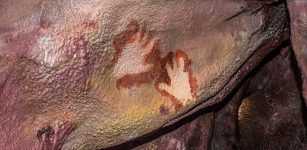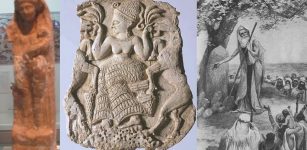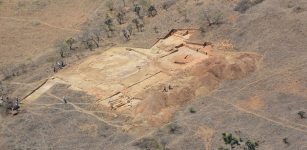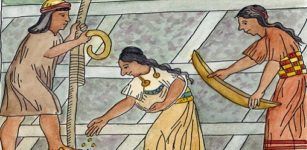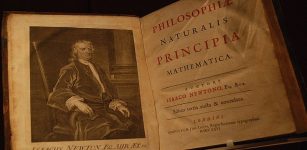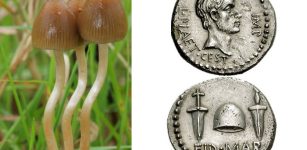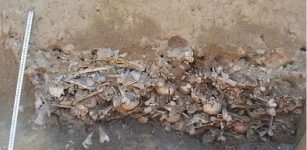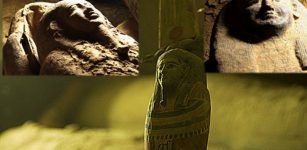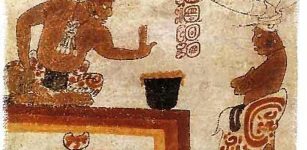Secrets Of Egyptian Painters Revealed By Chemistry
Jan Bartek - AncientPages.com - The language of ancient Egypt has no known word for ‘art’. Its civilization is often perceived as having been extremely formal in its creative expression, the works completed by the painters of its funerary chapels being no exception.
Still, within the scope of a vast research program undertaken in coordination with the Egyptian Ministry of Antiquities and the University of Liège, an international team—including scientists from the CNRS, Sorbonne University, and Université Grenoble Alpes—has revealed the artistic license exercised in two ancient Egyptian funerary paintings (dating to ~1,400 and ~1,200 BCE, respectively), as evident in newly discovered details invisible to the naked eye.
Nakhtamun's Funeral Procession, Tomb of Nakhtamun. Credit: MET - Public Domain
Led by led by CNRS researchers Philippe Martinez and Philippe Walter, the science team has brought to light pictorial techniques and practices whose faint traces had long allowed them to elude detection. While studying the likeness of Ramses II in the tomb of Nakhtamon and the paintings of Menna’s tomb—among hundreds of other nobles’ tombs in Luxor—they found signs of touch-ups made to the paintings in the course of their production.
For example, the headdress, necklace, and sceptre in the image of Ramses II were substantially reworked, though this is invisible to the naked eye. And in a scene of adoration depicted in Menna’s tomb, the position and colour of an arm were modified. The pigments used to represent skin colour differ from those first applied, resulting in subtle changes whose purpose still remains uncertain. Thus, these painters, or ‘draughtsmen-scribes’—at the request of the individuals who commissioned their works, or at the initiative of the artists themselves as their own vision of the works changed—could add their personal touches to conventional motifs.
The scientists relied on novel, portable tools enabling nondestructive in situ chemical analysis and imaging to make their discovery. Altered by time and physicochemical changes, the colours in these paintings have lost their original appearance. But the chemical analysis performed by the scientists, together with their 3D digital reconstructions of the works using photogrammetry and macrophotography, should make it possible to restore the original hues—and change our perception of these masterpieces, too often viewed as static artefacts.
The team’s research demonstrates that pharaonic art and the conditions of its production were certainly more dynamic and complex than once thought. The next mission of the scientists will be to analyse other paintings in the search for new signs of the craftsmanship and intellectual identities of ancient Egyptian draughtsmen-scribes.
The study was published in the journal PLOS ONE
Written by – Jan Bartek - AncientPages.com Staff Writer






